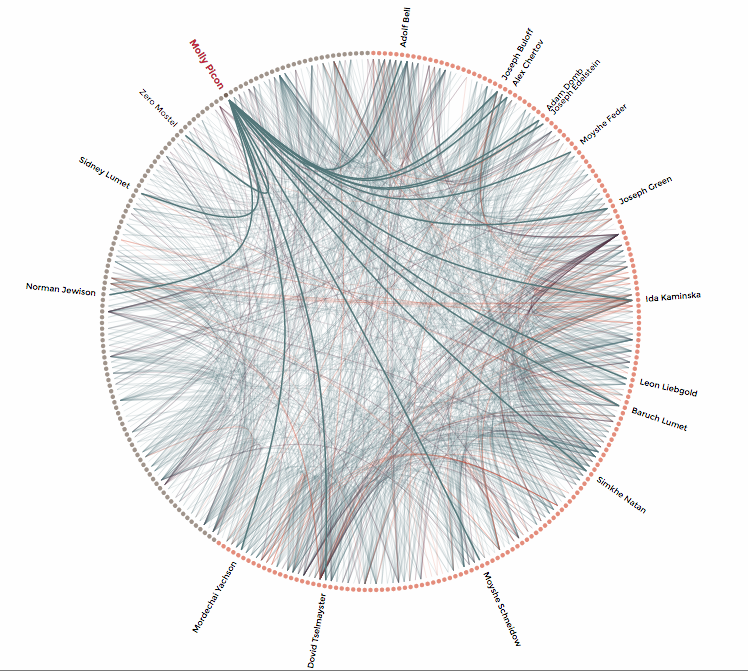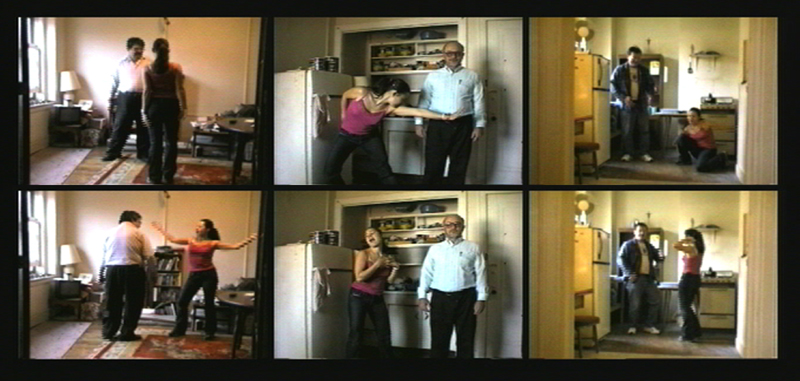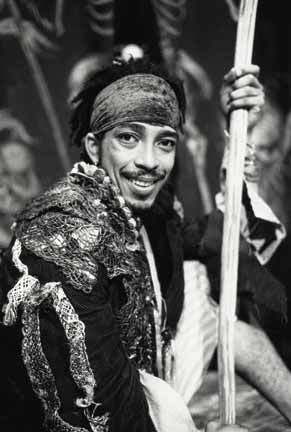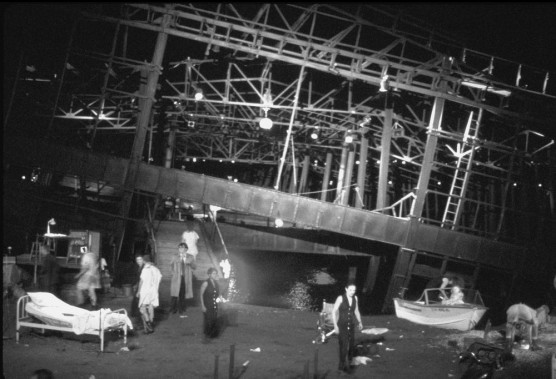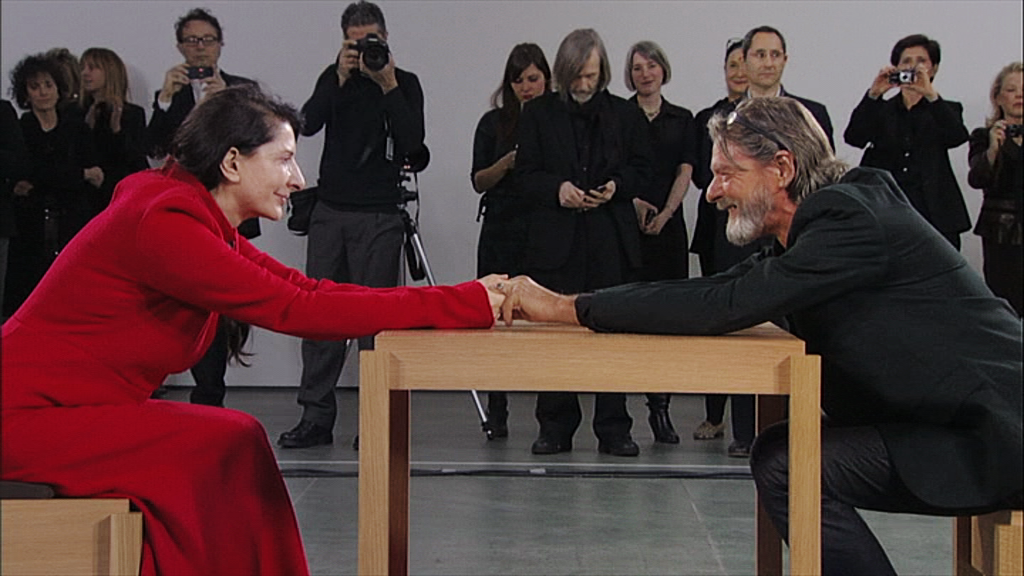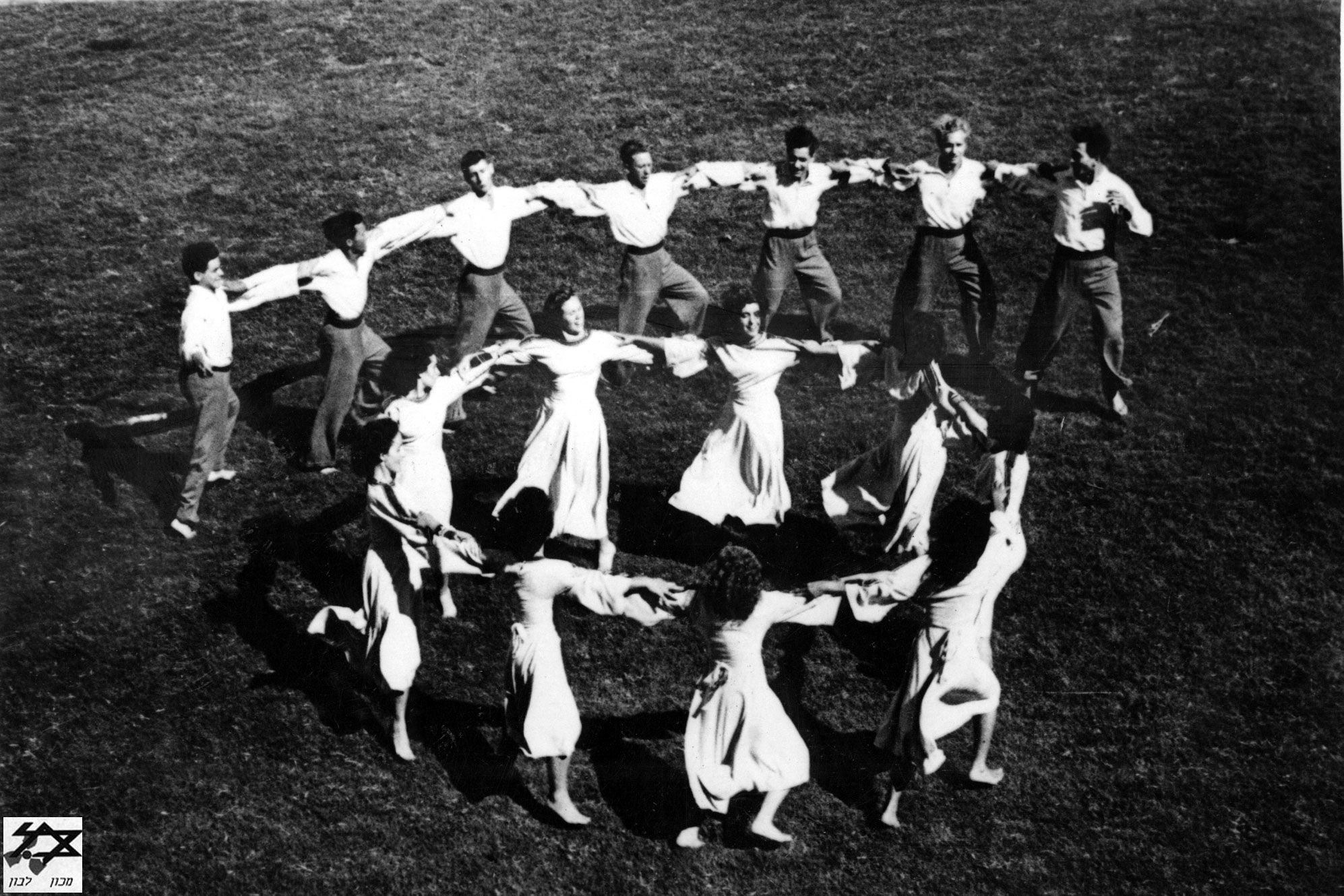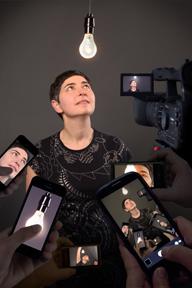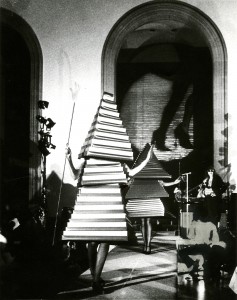What Can Theater Scholarship Learn from Theater? Methodology and a Collaborative Turn
In spite of seismic shifts in how scholars conduct and conceive of their research in the digital age, humanists still tend to research in isolation, publish single-author articles in journals, and rarely collaborate on peer-reviewed publications. For theater scholars, there is thus a massive disjuncture between how we produce our scholarship and how the works we study are created. Theater studies considers the cultural, historical, and literary dimensions of events that are intensely collaborative by definition; yet we rarely discuss or reenact this collective dimension in our scholarly writing. At the same time, collaborative forms and strategies are frequent topics of conversation among theater artists, since collaborative currents, and the obstacles that get in their way, are crucial elements of the production process. While there may not always be a relationship between methods and objects of study, we believe that collaboration is important both as a topic for theater scholarship and also in the methodologies we employ. The Working Group for the Study of Collaboration in Theater is committed to bridging the gap between theatrical practices and scholarly perceptions by theorizing scholarly collaboration. In this informal round table, we discuss our process and preliminary findings.
Michael G. Garber, PhD in Theatre, is an interdisciplinary teacher, historian, theorist, critic, and artist in drama, dance, music, film, and media. His book-in-progress is about the complex collective authorship of early twentieth-century American Broadway songs.
Debra Caplan is Assistant Professor of Theater at Baruch College, City University of New York. Her research focuses on Yiddish theater and global artistic networks, and her work has appeared in Theatre Survey, Theatre Journal, Modern Drama, New England Theatre Journal, and Comparative Drama.
Katherine Hollander holds a PhD in modern European history from Boston University. Her work focuses on collaborative practices among a small group of German-speaking theater professionals in the 1930. Also a poet and librettist, she teaches at Simmons College.
Alisa Sniderman is Assistant Professor / Faculty Fellow in Drama at NYU Tisch. Her research centers on the intersection of theatre studies and economics, and her work has appeared in Modern Drama and Theatre Journal.
Claire Solomon is associate professor of Hispanic studies and Comparative Literature at Oberlin College. Her book Fictions of the Bad Life: The Naturalist Prostitute and Her Avatars in Latin American Literature 1880-2010 explores how the literary prostitute of the late nineteenth century incarnated racial, ethnic, and sexual tensions in tropes that have persisted into the twenty-first century. Her current research focuses on how the popular and the avant-garde overlap in “minoritarian” theater of the 1920s-40s in North and South America.
